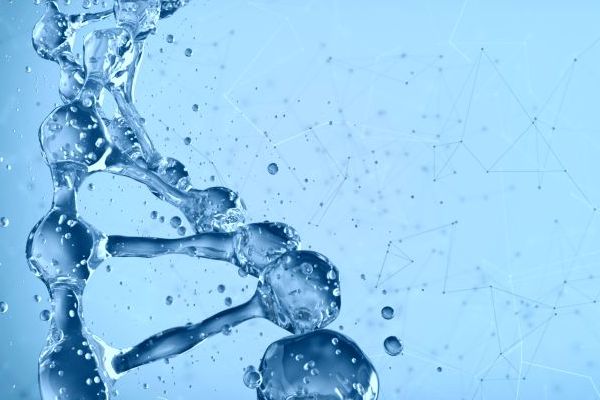1. Industrial waste water (IWW) - their characteristics, an overview of the methods of cleaning, conditions for discharging into the public sewage and the recipient, flow and load balancing.
2. Methods of mechanical purification of IWW, filtration and sedimentation processes, used equipment, examples of use for IWW cleaning
3 Membrane processes - process separation (ultrafiltration, nanofiltration, reverse osmosis, dialysis, electrodialysis) and their characteristics, examples of IWW cleaning
4. Separation of light particles - gravitational separators of fats and oils, example for use in IWW cleaning; flotation - process characterization, free flotation, pressure flotation, electroflotation, examples of IWW cleaning
5. Neutralization - process characteristics, examples of IWW cleaning applications
6. Precipitation - process characteristics, precipitation of heavy metals (hydroxides, sulphides); precipitation of anions, examples of use of precipitation during IWW cleaning
7. Redox reactions - characterization of the oxidation and reduction process, oxidation and reducing agents, examples of use in cleaning IWW
8. Adsorption - adsorption equilibrium, adsorption kinetics, factors influencing adsorption, adsorbent characteristics, adsorbent adsorbent, examples of adsorbents and their use in IWW cleaning
9. Ion exchange - process characteristics, ion exchange characteristics and their division, functional group carriers, ion exchange regeneration, examples of IWW cleaning applications
10. Clarification - colloidal distribution and their stability, process characteristics (coagulation, flocculation, sludge separation), coagulants, flocculants, combination of coagulation with flotation, electrocoagulation, example of IWW cleaning
11. Biological treatment in anaerobic conditions - comparison of aerobic and anaerobic processes, characteristics of the anaerobic process, scheme of anaerobic decomposition of organic substances, factors influencing mechanization, cultivation of anaerobic biomass, anaerobic reactors and their use in purification of IWW, reactor incorporation, choice of anaerobic reactor type
12. Biological aerobic cleaning - process characterization, technological parameters of activation, description of activated sludge, types of activation, aeration of activation tanks, nutritional elements, examples of use of activation during cleaning IWW
13. Sludge processing technology - basic sludge properties, sludge classification, sludge thickening, sludge stabilization, sludge dewatering, sludge finishing
2. Methods of mechanical purification of IWW, filtration and sedimentation processes, used equipment, examples of use for IWW cleaning
3 Membrane processes - process separation (ultrafiltration, nanofiltration, reverse osmosis, dialysis, electrodialysis) and their characteristics, examples of IWW cleaning
4. Separation of light particles - gravitational separators of fats and oils, example for use in IWW cleaning; flotation - process characterization, free flotation, pressure flotation, electroflotation, examples of IWW cleaning
5. Neutralization - process characteristics, examples of IWW cleaning applications
6. Precipitation - process characteristics, precipitation of heavy metals (hydroxides, sulphides); precipitation of anions, examples of use of precipitation during IWW cleaning
7. Redox reactions - characterization of the oxidation and reduction process, oxidation and reducing agents, examples of use in cleaning IWW
8. Adsorption - adsorption equilibrium, adsorption kinetics, factors influencing adsorption, adsorbent characteristics, adsorbent adsorbent, examples of adsorbents and their use in IWW cleaning
9. Ion exchange - process characteristics, ion exchange characteristics and their division, functional group carriers, ion exchange regeneration, examples of IWW cleaning applications
10. Clarification - colloidal distribution and their stability, process characteristics (coagulation, flocculation, sludge separation), coagulants, flocculants, combination of coagulation with flotation, electrocoagulation, example of IWW cleaning
11. Biological treatment in anaerobic conditions - comparison of aerobic and anaerobic processes, characteristics of the anaerobic process, scheme of anaerobic decomposition of organic substances, factors influencing mechanization, cultivation of anaerobic biomass, anaerobic reactors and their use in purification of IWW, reactor incorporation, choice of anaerobic reactor type
12. Biological aerobic cleaning - process characterization, technological parameters of activation, description of activated sludge, types of activation, aeration of activation tanks, nutritional elements, examples of use of activation during cleaning IWW
13. Sludge processing technology - basic sludge properties, sludge classification, sludge thickening, sludge stabilization, sludge dewatering, sludge finishing
